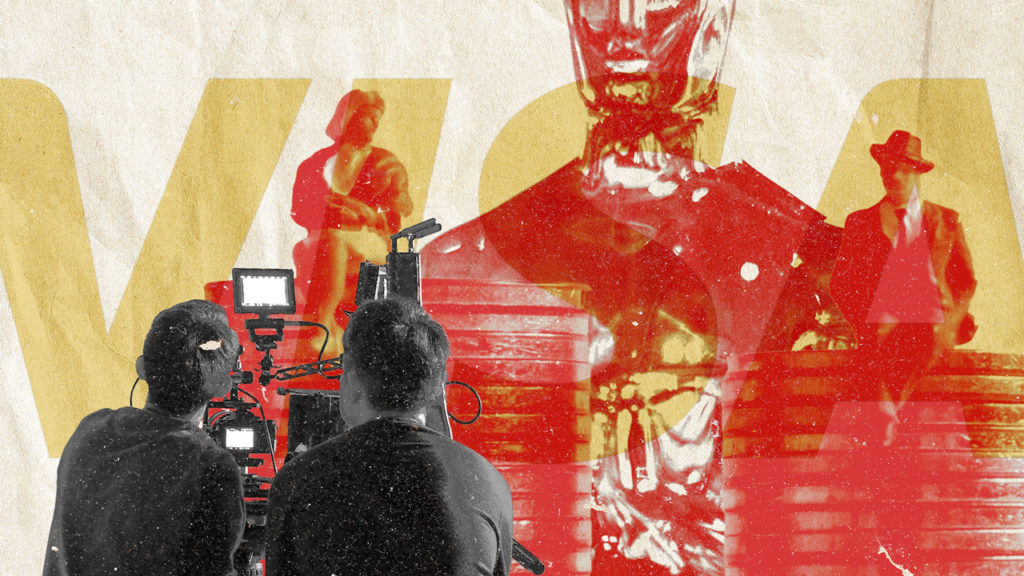Visa is launching phase two of its social and digital campaign ‘Money is Changing’ to continue the conversation of millennial women and their attitudes towards money—finding they’re less willing to sacrifice their financial independence. The company is using the platform of the Oscars, one of the most prestigious awards shows in Hollywood, with viewership around 30 million in the last few years. Visa will debut ads featuring female designers, directors, producers and activists discussing the pay gap in Hollywood.
The spot “Pay Equality In Hollywood,” was directed by Gia Coppola and entertainment industry professionals like Arianne Philips, a twice Oscar-nominated costume designer and Mel Jones. The women disclose stories about how they’ve been paid less than their male counterparts for the same or more work.
https://youtu.be/NA0364lhA-o
This second phase centers on female empowerment and it shows tools and resources to help Millennial women reach their financial goals. Refinery29, Bustle and The Cut are Visa’s content partners with the “reach and credibility” to cultivate and continue the conversation.Visa’s research suggests 60 percent of Millennial women feel they live paycheck-to-paycheck. In Visa’s other new spot “The Cost,” women’s daily expenses are seen racking up.
https://youtu.be/1ebdMfVQm7k
“We are embracing the authentic voices and perspectives of women from all backgrounds, in order to seed our message and ensure that we are talking to her at various touch-points in her day and in her life,” said Mary Ann Reilly, senior vice president of North America marketing for Visa.
“Plans consist of custom think-pieces, data sharing infographics, ‘How I Changed It’ storytelling via a robust influencer plan, transparent conversations via podcasts, and crowdsourced pieces. Additionally, we have high-impact placements that will run throughout the year.”
The digital ads and social posts are on Visa’s Facebook, Twitter and Instagram accounts. The financial services corporation chose to go the digital route because most Millennial women are online and engaged in various social media platforms.
“We want to talk to her when she is in the mindset of consuming and engaging with content that interests her. Launching digitally also allows us flexibility and nimbleness to assess what is working, quickly pivot, and constantly test campaign creative,” added Reilly.
“With this in mind, we set out with the intention of running this campaign as a closed feedback-loop vs. a standard linear launch approach. We developed hundreds of assets, based in research, and put it all into the world so that we could quickly learn (via data) what our target was interested in and the best way to message it to her.”

